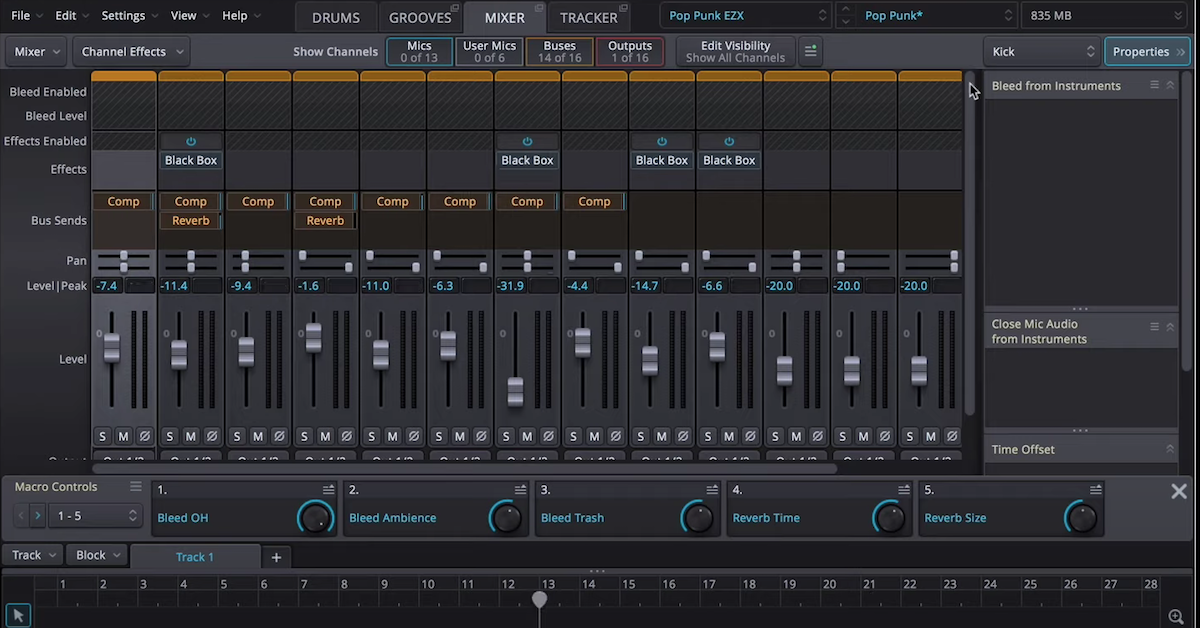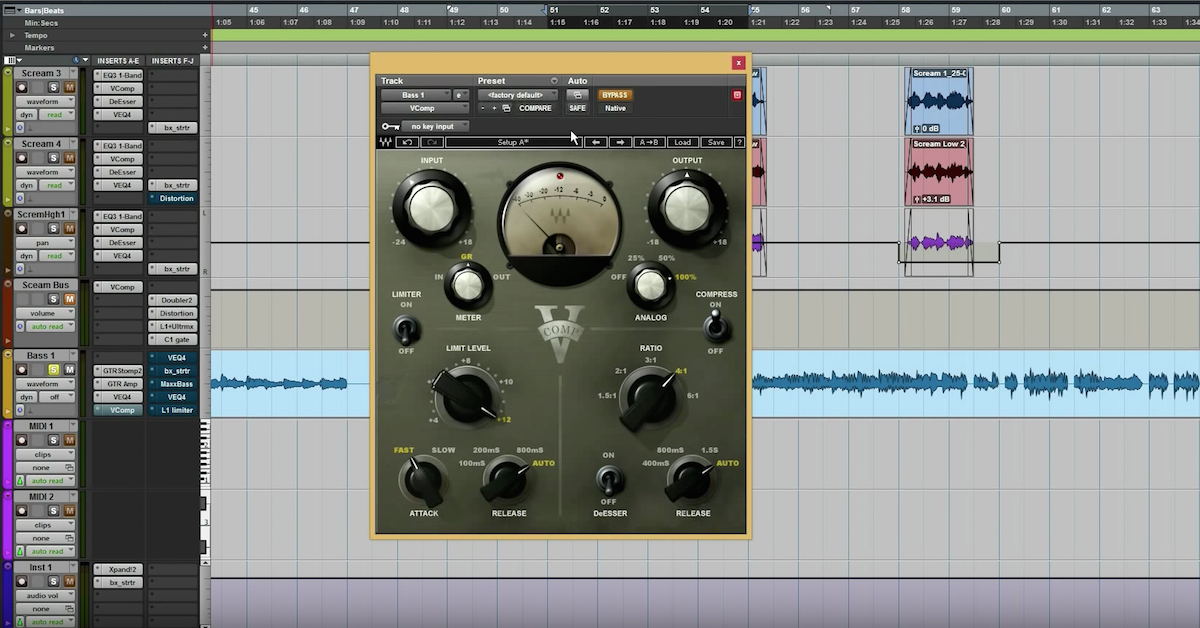5 Albums That Changed the Sound of Rock & Metal
Article Content
I’m gonna cut straight to the chase and kick off this article by making a bold statement: mixing heavy music is much harder than mixing mainstream pop/rap/etc.
At this point you may be thinking: “Well you’re probably just biased because you prefer those genres of music.”
Sure, I may be a lifelong rock & metal fan, but funnily enough, I’ve made a career of mixing primarily rap and pop with several singles I’ve worked on for major artists charting in the top 10. I don’t say this to brag, but simply to prove that I have some experience working in both worlds to back up such a statement!
So what makes mixing heavy music so difficult? With a lot of mainstream music, we’re dealing with fairly minimalistic arrangements and a lot of somewhat pre-processed & “synthetic” sounds such as synths, samples, loops and virtual instruments. With rock and metal, the arrangements are often super-dense, with almost all instruments/elements arriving in a pretty “raw” state which can require heavy processing to work well in a mix.
Modern metal engineers have pretty much got this process down to a fine art. They’re regularly producing soul-crushingly heavy mixes which easily rival the clarity, punch and precision you’d expect from a mainstream pop mix. But the current sound of “heavy” wasn’t built overnight.
On that note, today I’d like to take you on a journey through the evolution of rock & metal throughout the years, and introduce you to 5 key albums which helped forge “the sound of heavy.”
1. Def Leppard: Pyromania (1983 – Mutt Lange & Mike Shipley)
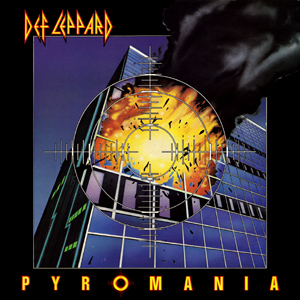
While not a particularly “heavy” album by today’s standards (although it was considered heavy metal at the time of release), Def Leppard’s Pyromania was a huge leap forward for the sound of rock music. It established a lot of the foundations for how modern metal and music in general is recorded today.
Prior to Pyromania, rock ’n’ roll album production was a fairly straightforward and “organic” ordeal. A few years earlier, with AC/DC’s 50 million selling mega album Back In Black for example (also produced by Mutt Lange), the drums, bass and rhythm guitars were tracked live as a full band, with only vocals and lead guitars being overdubbed after the fact.
Having already produced the best selling and best sounding rock album of all time through more conventional means in Back In Black, with Pyromania Lange set out to take things to a whole new level: to create a “perfect,” futuristic rock album which was the sonic equivalent of Star Wars, the likes of which had never been heard before.
While I can’t go in-depth on all of the crazy and revolutionary techniques used in the making of these albums right now, as that would require an entire article of its own, I can list the main ones that really stick out it in my mind:
- Using programmed drums instead of “real” drums
- Layering multiple samples to create huge, larger than life kick and snare sounds
- Manually EQ’ing individual syllables to get every word sounding “perfect”
- Shooting out over 100 amps and cabinets to find “the perfect guitar tone”
- Recording hundreds of takes for each instrument and splicing individual words, notes & hits together
- Building chords via recording individual notes and stacking them together for unreal clarity and definition
- Layering, bussing and processing dozens of vocals together to create huge, airy vocal stacks
- Pitch shifting individual notes and words manually with a harmonizer as a form of early pitch correction
- And many more…
Long story short, Pyromania was an experiment — a crazy experiment that panned out big time. Whether you agree with the level of scrutiny and attention to detail that went into its production or not, with over 10 million copies of the album sold in the US alone, it’s clear that insanity is definitely one way to make an album.
2. Metallica: The Black Album (1991 – Bob Rock & Randy Staub)
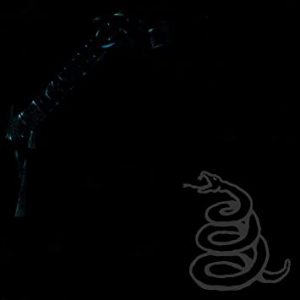
With 1986’s Master of Puppets and 1988’s And Justice For All, Metallica had already cemented their spot as one of the most formidable bands in metal. The problem was, they weren’t particularly happy with the sonics of either album.
While the music on these albums was “heavy” in the sense that it was fast, thrashy and aggressive, it didn’t sound particularly heavy, primarily due to the lack of bass (especially on Justice). So moving forward, Metallica felt it was time for a new sound with a “huge, big, fat low end” (to quote drummer Lars Ulrich).
Rock Meets Metal (Bob Rock)
With sonically (and commercially) huge albums like The Cult’s Sonic Temple, Bon Jovi’s Slippery When Wet and Mötley Crüe’s Dr. Feelgood under his belt, Metallica decided to hit up Canadian producer Bob Rock to help them with their next effort, albeit being slightly worried about whether he’d “get” their tough heavy-metal aesthetic.
Enter Randman (Randy Staub)
Another key player in the sound of The Black Album was recording engineer Randy Staub, who had worked in partnership with Rock on his previous productions. While not mentioned as much in Metallica interviews, articles and documentaries, if you’re familiar with Randy’s production and mixing work for bands like Alice In Chains, Nickelback and Stone Sour, you’ll know just how much influence he had on the final sound of the record.
The main reasons The Black Album was such a game changer for the sound of metal:
- While the sound of metal before The Black Album was less accessible to the average listener due to the somewhat raw, “unpolished” aesthetic, fusing Bob Rock’s “mainstream mentality” and Randy Staub’s “Hi-Fi approach” with Metallica’s aggressive mindset brought metal to the masses in a way that had never been achieved before.
- Huge attention to detail went into creating the iconic drum sound of the album, which is arguably the most recognizable and memorable metal drum sound of all time. Drum skins were changed and re-tuned 8-10 times each day to maintain maximum punch and impact throughout the entirety of the songs, with hours spent trying to match sounds each time. During mixing, huge treble boosts were applied to the drum shells upon Lars’s request to achieve that unmistakable clicky sound that is still used in metal to this day.
- Since the dawn of metal with Black Sabbath in the early 70s, each new band set out with the goal of being “heavier” than the next by writing faster, longer, more aggressive songs. With The Black Album and songs like “Sad But True,” Metallica basically discovered that the heaviest sound you could possibly achieve pretty much came from the exact opposite: slowing down.
Who knows what would have happened if Metallica hadn’t taken a chance on Bob and Randy. Needless to say, I bet the 30+ million people who have purchased the album worldwide are happy they did!
3. In Flames: Clayman (2000 – Fredrik Nordström)

While not as mainstream-friendly or commercially successful as Def Leppard or Metallica due to their heavier death metal nature, with 2000’s Clayman, Swedish band In Flames managed to set the tone for the sound of metal to come.
Growing up on metal classics from Metallica, Iron Maiden, Judas Priest and Black Sabbath, I never really managed to get into straight-up death metal bands like Cannibal Corpse, Morbid Angel or Obituary. It’s not because I found them too heavy for my tastes, but simply because I’m a sucker for melody and strong hooks in the music I listen to.
Welcome to Gothenburg, Sweden
Having put out a trilogy of death metal classics in the 90s with The Jester Race, Whoracle and Colony — with Clayman, In Flames managed to truly bridge the gap between brutal and melodic, resulting in a groundbreaking “melodeath” album that had a huge influence on myself and a whole “new wave” of bands in the early 2000s.
From a production standpoint, Clayman was fast, heavy, aggressive, clear and precise all at the same time — drastically improving on the sound of the previous albums in every way possible. Here are a few of the standout details on the sound of the album:
- Tight, punchy drums with great low end that maintain a lot of “live performance” energy
- Aggressive, tight modern metal tones courtesy of the Peavey 5150 and producer Fredrik Nordström’s legendary “Fredman microphone technique,” which consists of two Shure SM57’s placed in front of a speaker in the configuration below and blended together
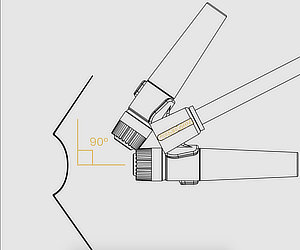
- Tube screamer pedals used before the amps to tighten up the low end and boost input volume on the way in, which has become a common practice nowadays on almost every metal production
Without Clayman’s marriage of metal and melody, bands like Killswitch Engage, Trivium or As I Lay Dying may have never existed, and the whole “new wave of American heavy metal” may have never happened altogether. Now that’s what I call an influential album!
4. The Devil Wears Prada: With Roots Above and Branches Below (2009 – Joey Sturgis)

I distinctly remember this being the first time I looked up the credits to see who was involved in the making of a record, and this was before I even knew what a producer or mixer was — which says a lot about the impression the sound of the album left on me at the time. Without exaggeration, With Roots Above and Branches Below is single-handedly responsible for getting me interested in audio.
Little did producer/mixer Joey Sturgis know that this was the impact he was going to have on a whole generation of young metal musicians when meticulously recording and mixing the album in his newly built home studio with Mutt Lange-like precision and attention to detail.
A few key techniques which were used on the album:
- Heavy use of drum samples for replacing drum shells
- Line 6’s POD Farm amp + cab simulation software used for the guitar and bass tones
- A heavy emphasis on tight editing and “riff building,” much like Mutt Lange’s production approach which Joey cites as a big inspiration for his work.
Funnily enough, after studying his work for years, I came full circle and ended up being hired by Joey between 2015-2019 to create content for his various educational platforms. It was a really cool way to kickstart my professional career in audio.
While the music may or may not be your cup of tea, it’s undeniable that Joey’s DIY attitude towards record production captured the imagination of “bedroom producers” all over the world, proving that it’s possible to achieve incredible, commercially viable results using a modest home recording setup and some affordable amp/drum simulation software.
5. Periphery: Juggernaut: Alpha & Omega (2015 – Adam “Nolly” Getgood)

It’s funny how with each of the previous albums we’ve talked about in this article, at the time of their original release, people were probably thinking: “That’s it. We’ve peaked! Metal will never sound better than this.”
Man were they wrong…
I don’t think there’s ever been a sonic synergy between heavy drums, bass and guitars quite like that achieved on Periphery’s 2015 double album Juggernaut: Alpha & Omega by engineer/mixer/bass player Adam “Nolly” Getgood.
While the mixing is a big part of why Nolly’s productions sound so good, it’s the combination of the specific gear used by each member of the band and their super-tight, totally in-sync musicianship which really forms the raw foundation of the “Periphery sound.”
Some of the key things which make the Juggernaut albums sound so awesome:
- The Dingwall Combustion Bass/Darkglass B7K distortion pedal combination, spearheaded by Nolly, has become the sound of modern distorted metal bass. It’s pretty much impossible to find a metal bassist nowadays who doesn’t own a Darkglass product that they use as the core of their tone.
- Real drums! With Matt Halpern, (one of the best and hardest-hitting metal drummers on the planet) and Nolly (one of the, if not the, best drum engineer on the planet), Periphery’s album drum sounds are always the envy of the entire industry. I’d highly recommend checking out Nolly and Matt’s CreativeLive course Studio Pass: Periphery for the full rundown of how they record and process the drums for their albums.
- 3 of the best guitarists in the world, all using the best analog and digital amp/cab solutions available. In the case of the Juggernaut albums: Axe-FX IIs with custom Zilla cabinet IRs.
While Periphery single handedly managed to set the bass, guitar and drum sound trends used on pretty much every album in the 2010s, I do somewhat wish they weren’t such great guys who are always so willing to share all of their recording secrets with the rest of the world, as it’s kind of just led to everyone using the exact same gear. That’s a huge compliment for them I guess!
Overall Conclusion — This Isn’t Even My Final Form!
While I can’t begin to imagine where the sound of heavy music will go from here, as can be observed in the 50-year journey it’s been through so far, I’m sure it’ll keep on evolving and re-blowing my mind every now and then.








![In Flames - Pinball Map [HD]](https://i.ytimg.com/vi/dZb5YVLNxZ0/hqdefault.jpg)

![The Devil Wears Prada - Assistant To The Regional Manager [OFFICIAL VIDEO]](https://i.ytimg.com/vi/OYTzcubws7Y/hqdefault.jpg)
![The Devil Wears Prada - Danger: Wildman [OFFICIAL VIDEO]](https://i.ytimg.com/vi/LDP87BvZhqg/hqdefault.jpg)

![Rig Rundown - Periphery [2017]](https://i.ytimg.com/vi/fhKo-JURY6w/hqdefault.jpg)


